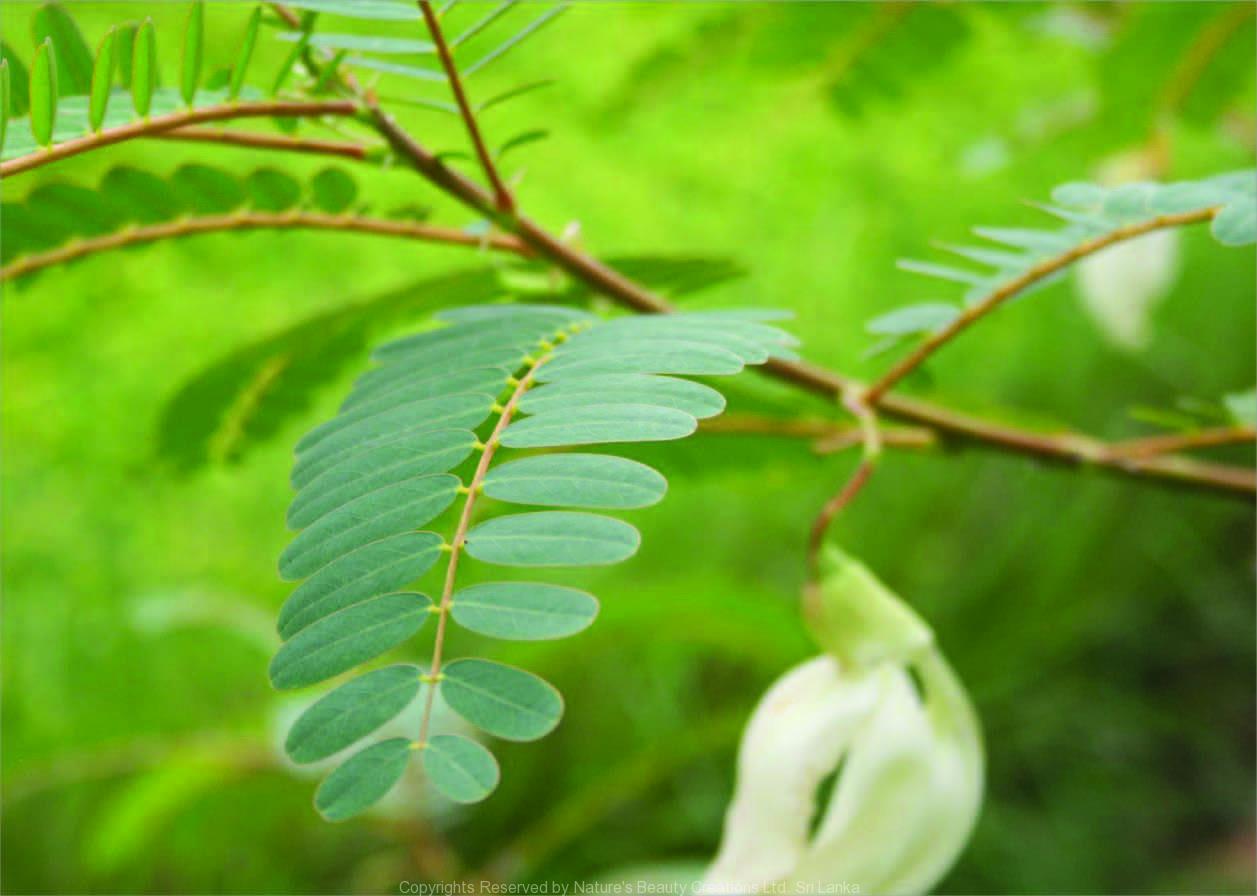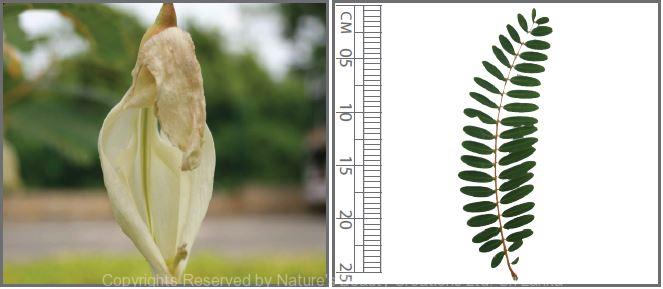

Traditional Knowledge
Useful plant parts :
Root, leaf, flower and bark
Uses in traditional medicine :
- Roots ground with Mee seed oil is rubbed on rheumatic swellings
- Leaves are taken as a vegetable to treat constipation
- Fresh leaf juice is used as a nasal drop for catarrh and applied for headaches
- Bark is used for haemoptysis, diarrhoea and dysentery
- Flowers are used to treat dimness of vision
Scientific Research
Chemical constituents:
Flavonoids: quercetin, myricetin and kaempferol from leaves
Bioactivity :
Petroleum ether and alcohol extracts of leaves: anticonvulsant, anxiolytic, hepatoprotective; aqueous, petrolium ether and alcohol extracts of bark: anthelmintic, anti-inflammatory, antibacterial; protein fraction from flowers: anticancer; phosphate buffer extract of flowers: α-glucosidase inhibitor
Clinical:
Note :
Flowers and leaves are used as vegetables
References : Anantaworasakul, P. et al., (2011), Antibacterial activities of Sesbania grandiflora extracts, Drug Discov Ther, 5(1), 12-7. Boonmee, A. et al., (2007), α-Glucosidase Inhibitor Proteins from Sesbania grandiflora Flowers, Planta Med, 73(11), 1197-1201. Jain, R. et al., (2011), Screening of in vitro cytotoxic activity of some medicinal plants used traditionally to treat cancer in chhattisgarh state, India, Asian pacific journal of tropical biomedicine, 147-150. Kasture, V. S. et al., (2002), Anxiolytic and Anticonvulsive Activity of Sesbania grandiflora Leaves in Experimental Animals, Phytotherapy Research, 16, 455–460. Karthikeyan, P. et al., (2011), In vitro anthelmintic activity of Sesbania grandiflora (L.) poir. Bark, International Journal Of Pharmacy & Technol- ogy, 3(1), 1548-1553. Laladhas, K. P. et al., (2010), A novel protein fraction from Sesbania grandiflora shows potential anticancer and chemopreventive efficacy, in vitro and in vivo, Journal of Cellular and Molecular Medicine, 14(3), 636–646. Mustafa, R. A. et al., (2010), Total phenolic compounds, flavonoids and radical scavenging activity of 21 selected tropical plants, J Food Sci, 75(1), 28-35. Patil, R. B. et al., (2010), Effect of Sesbania grandiflora and Sesbania sesban bark on carrageenan induced acute inflammationand adjuvant- induced arthritis in rats, An international journal of pharmaceutical sciences, 1(1), 75-89 Yadav, P. et al., (2010), Pharmacognostical and physicochemical evaluation of Agasti leaf, Int J Ayurveda Res, 1(4), 231-6.
Copyrights Reserved By
Natures Beauty Creations




